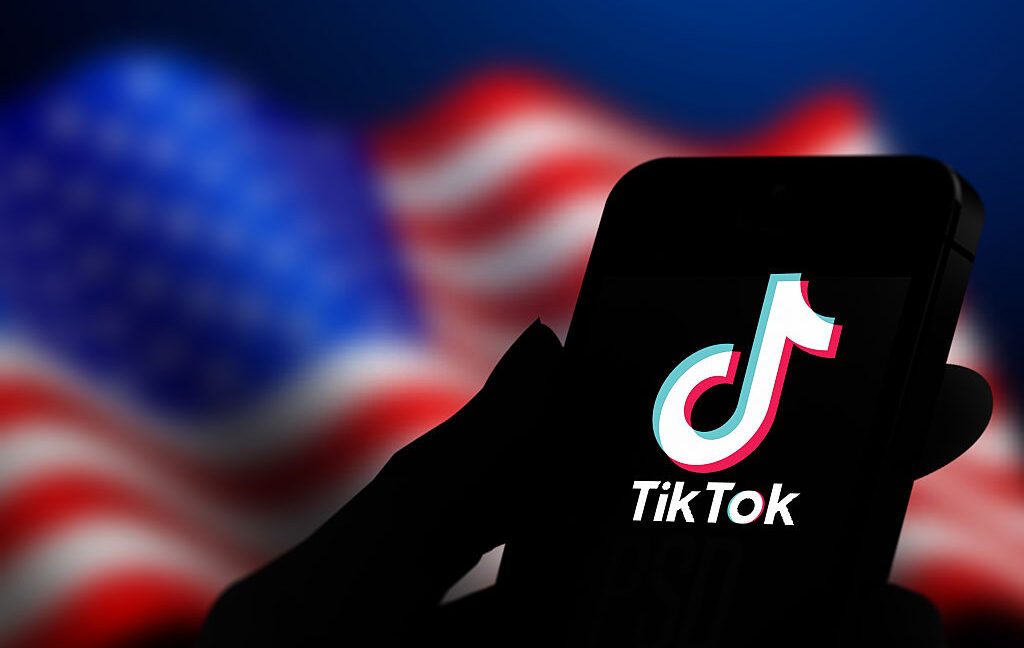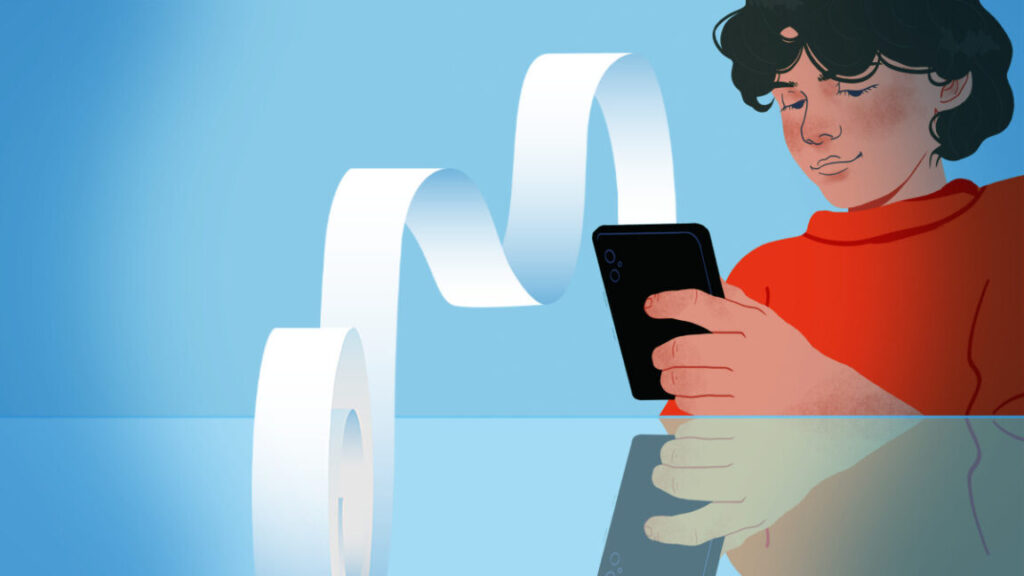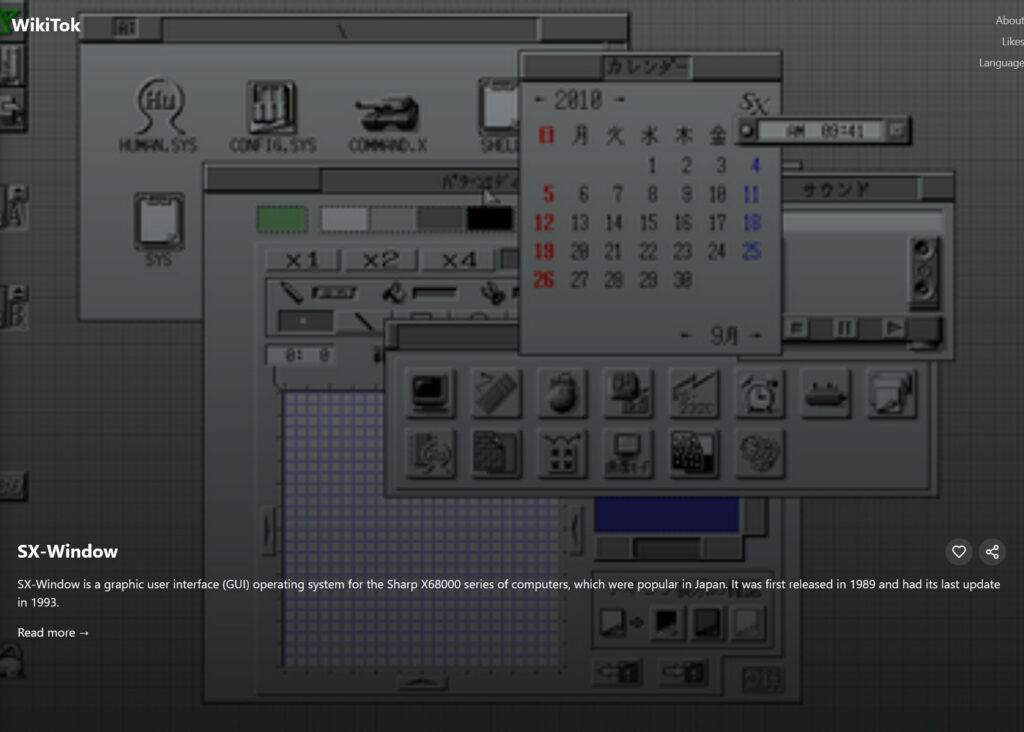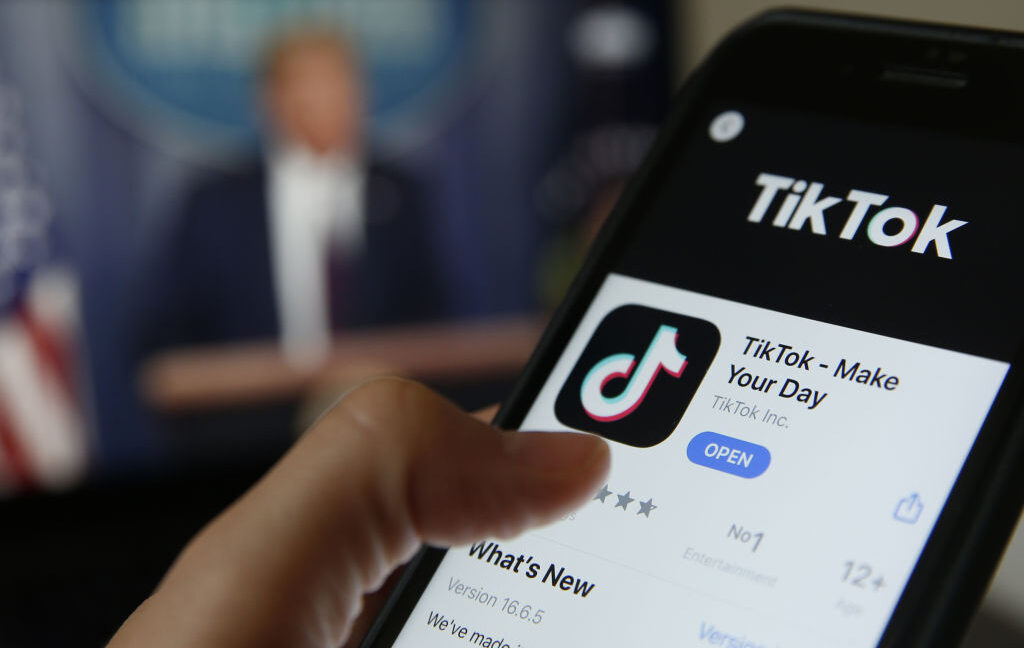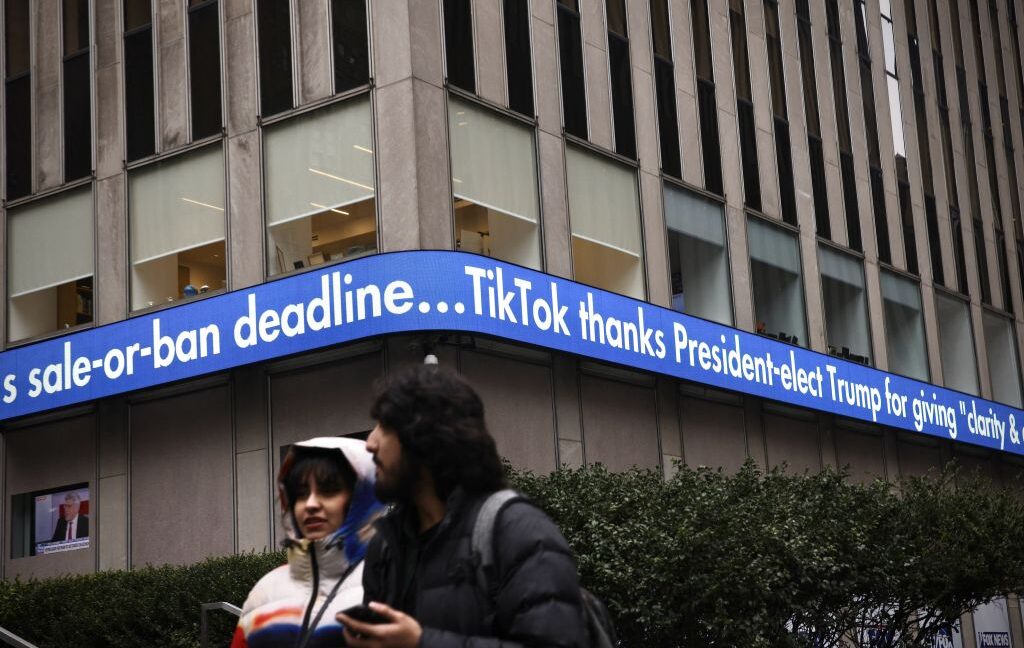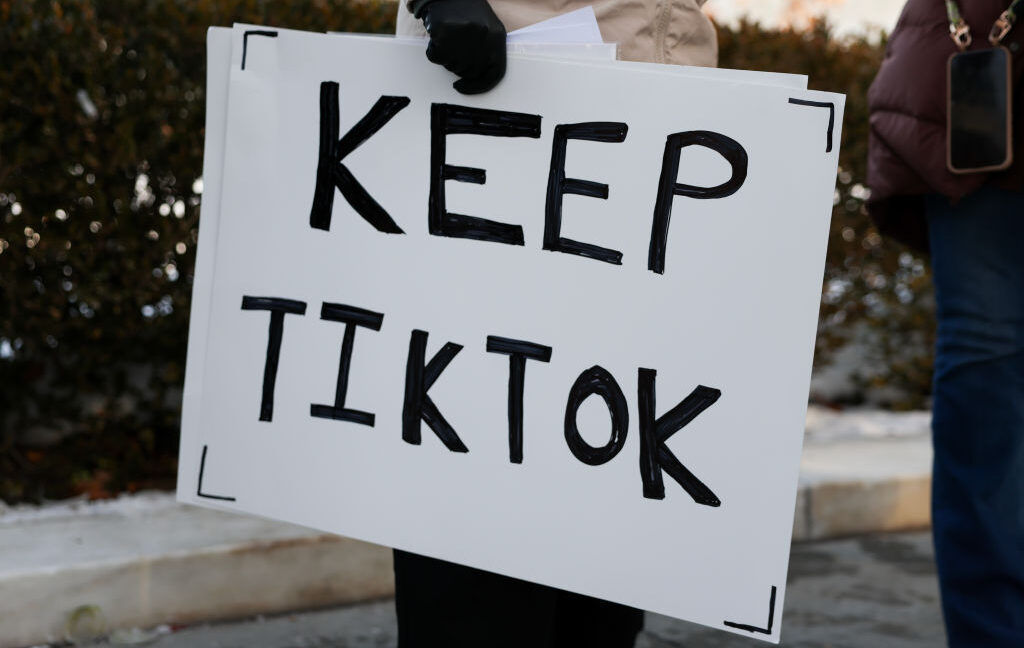US may get its own glitchy version of TikTok if Trump’s deal works out
“Even if Beijing would choose to overlook the recent tariff hikes and ratcheting up of US export controls on chip technologies, they still wouldn’t grant export licenses for the algorithms,” Capri said.
US version of TikTok may be buggy
Trump claims that he has found US buyers for TikTok, which Bloomberg reported is believed to be the same group behind the prior stalled deal, including Oracle, Blackstone Inc., and the venture capital firm Andreessen Horowitz.
If a sale is approved, a new US version of TikTok would roll out on September 5, The Information reported. All US-based TikTok users would be prompted to switch over to the new app by March 2026, at which point the original app would stop working, sources told The Information.
It’s unclear how different the US app will be from the global app, but The Information noted that transferring up to 170 million US users’ profiles to address US fears of China using the app to spy on or manipulate Americans may not be easy. Once source suggested the transfers “could pose technical issues in practice,” possibly negatively affecting the US experience of the app from the start.
That, in turn, could drive users to alternative apps if too much content is lost or the algorithm is viewed as less effective at recommending content.
For ByteDance—which The Information reported has been “finalizing the legal and financial details” of the deal with Trump’s chosen buyers—losing US users could risk disrupting the growth of TikTok Shop, which is the company’s major focus globally as the fastest-growing part of its business, the SCMP reported. Prioritizing TikTok Shop’s growth could motivate ByteDance to back down from refusing to sell the app, but ultimately, China would still need to sign off, Trump has said.
Although critics and Trump himself continue to doubt that China will agree to Trump’s deal, the preparation of a US app sets up one potential timeline for when big changes may be coming to TikTok.
For TikTok users—many of whom depend on TikTok for income—this fall could make or break their online businesses, depending on how the deal ultimately affects TikTok’s algorithm.
US may get its own glitchy version of TikTok if Trump’s deal works out Read More »
